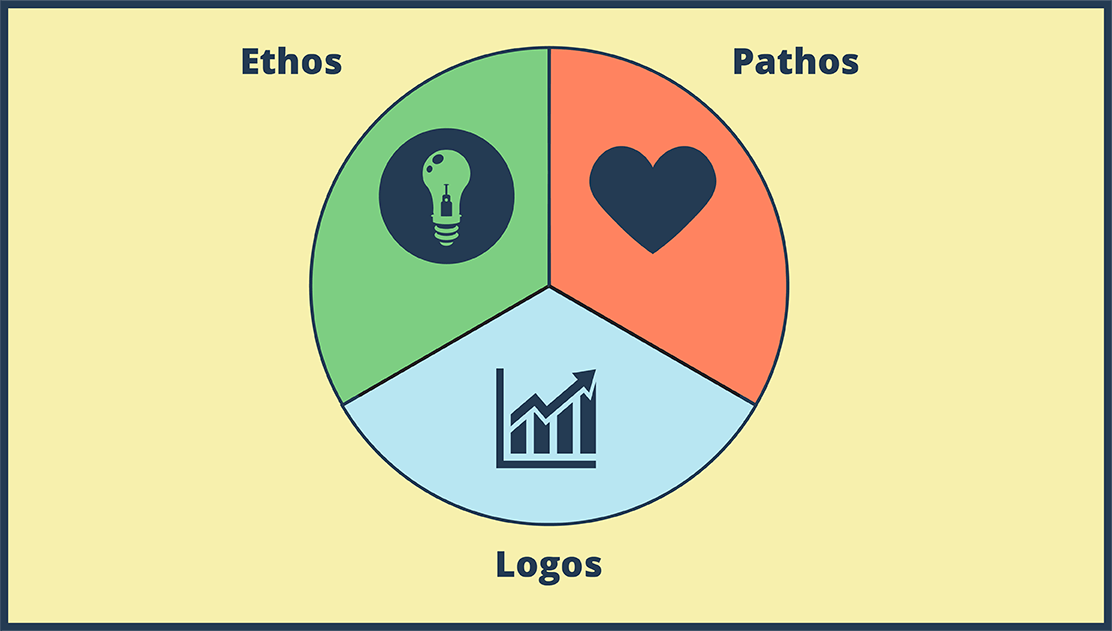How to Use a Protractor

Puedes encontrar este storyboard en los siguientes artículos y recursos:

Cree Recursos Visuales Educativos Atractivos: Cómo Diagramar un Proceso
Planes de Lecciones por Anna Warfield
Las instrucciones y los procesos se entienden mucho más fácilmente cuando se acompañan de imágenes. Cuando hacemos un guión gráfico de un proceso o creamos un diagrama secuencial, podemos centrarnos en pasos discretos, causa y efecto, y secuencia.

Usando Storyboard That en tu Clase de Matemáticas
Ayudas Visuales Para el Aula Moderna
Storyboard That facilita la incorporación del aprendizaje visual en su clase de matemáticas y hace que el contenido se adapte a sus alumnos. Las plantillas fácilmente personalizables le permiten asegurarse de que las hojas de trabajo que les da a los estudiantes se ajustan a ellos donde están y desafían los conceptos que todavía están tratando de dominar.
'
¡Vea algunos de nuestros otros artículos educativos!
Storyboard Descripción
How to Use a protractor graphic organizer - diagram a process
Texto del Guión Gráfico
- Deslizar: 1
- GAH! Math is so stupid! It doesn't make any sense!
- Deslizar: 2
- This protractor thing is impossible!
- Deslizar: 4
- Make sure the protractor is not backwards! It makes life so much easier if you can read the numbers.
- Deslizar: 5
- Before we measure, tell me if this is an acute, right, or obtuse angle.
- Deslizar: 6
-
- Acute?
- It IS acute, so that means it measures less than 90 degrees. We already know the answer is between 0 and 90 degrees!
- Deslizar: 7
- There are two parts of the protractor to help you get the angle in the right place: 1) an upside-down T at the bottom middle 2) the base line (0 degrees or 180 degrees)
- Deslizar: 8
- We want to place the protractor on top of the angle so the middle of the T is at the vertex.
- Deslizar: 9
- Rotate the protractor so the vertex of the angle is still at the T, but one leg of the angle is lined up with the 0 degree line.
- Deslizar: 10
- The line doesn't reach the numbers!
- That's OK. Don't you remember that definition about angles? Two RAYS with the same endpoint? Rays go on forever, so we can just extend the legs of the angle.
- Deslizar: 11
- The legs of the angle are extended, so we just need to read the numbers. Our options are 140 degrees or 40 degrees. Which is it?
- Deslizar: 12
- Acute angle! 40 degrees! Take that MATH!
- Deslizar: 0
- I will show you how to use it. Well, step 1...
- Maybe I can help.
Más de 30 millones de guiones gráficos creados
¡Sin Descargas, sin Tarjeta de Crédito y sin Necesidad de Iniciar Sesión Para Probar!



